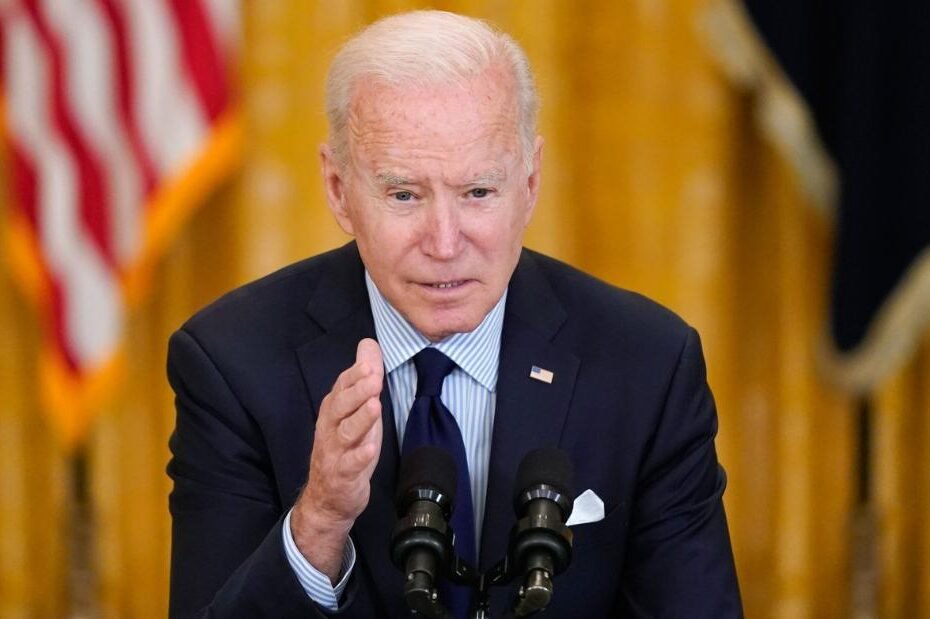recent headlines, the economic landscape appears to be causing concerns for President Biden and his campaign team. Various news outlets are highlighting challenges faced by homebuyers, Generation Z, and a significant portion of Americans, creating a potential economic reality check. In this analysis, we bring in Freedom Works Chief Economist, Steve Moore, to delve deeper into the issues and provide insights into the current economic situation.
Breaking News Today: Economic Challenges Persist
Fortune reports that homebuyers are facing haunting challenges reminiscent of Scrooge this holiday season. CNBC adds to the narrative, revealing that 53% of Generation Z perceives the high cost of living as a barrier to financial success. Market Watch contributes to the discourse, stating that $100,000 doesn’t stretch as far as it used to, with almost half of Americans earning $1,000 or more expressing they live paycheck to paycheck. As the nation gears up for the upcoming elections, these headlines paint a troubling picture for President Biden and his economic policies.
Interview with Freedom Works Chief Economist Steve Moore
In a recent interview, Steve Moore, Chief Economist at Freedom Works, shared insights into the persistently challenging economic indicators. Moore acknowledges that these numbers have remained largely unchanged over the past two years, with polls consistently showing that 70 to 80% of Americans express dissatisfaction with the direction of the economy. Additionally, a significant portion of the population feels that their personal financial situations have not improved under the Biden administration.
Despite acknowledging that the economy is better today than it was a year ago, Moore points out that certain key metrics remain concerning. Notably, inflation, which reached 9.2% at one point under Biden, has slightly decreased to a range between three and 4%. However, the embedded 20% increase in prices affects various aspects of daily life, from grocery shopping to filling up at the gas pump.
One concrete example Moore highlights is the impact on mortgage rates. While rates were at 3% during the Trump era, they have now surged to 6.5-7%. For someone looking to buy a new home, this translates to a significant increase in monthly mortgage payments, placing a considerable financial burden on middle-class families. Moore emphasizes that this strain extends beyond mortgages, affecting other essential expenses.

Concerns Over Biden’s Economic Messaging
Moore addresses concerns over President Biden’s messaging about the economy. While the economy may be improving, the perception among the American people is crucial. Moore suggests that when Biden touts positive economic indicators, it creates a perception that he is out of touch with the financial struggles faced by Main Street America. The disconnect between the administration’s messaging and the economic reality experienced by ordinary Americans contributes to a sense of pessimism.
The CNN analyst’s warning is highlighted, pointing out that the economy is a top issue for voters. However, if the positive changes are not perceived by the electorate in a timely manner, it could pose a challenge for President Biden’s reelection bid. Moore agrees, noting that despite the overall improvement in the job market and the decrease in inflation, the middle and working-class families, in particular, are not feeling the positive impact of these changes.
Factors Contributing to Economic Pessimism
Moore identifies two major factors contributing to the prevailing pessimism among Americans. First, there is a significant issue with personal debt, with credit card debt alone exceeding $1.1 trillion. Americans are increasingly relying on credit, causing their debt to rise steadily each month. The second factor is the staggering national debt, which has surged to $33 trillion under President Biden. In just three years, Biden has increased the national debt by a staggering $6 trillion, raising concerns about the long-term economic stability of the country.
Highlighting data from a New York Times-Siena poll, it is revealed that over 60% of Americans in battleground states do not have a favorable view of the economy. This further underscores the challenges President Biden faces in garnering widespread support if the economic concerns persist.
Conclusion: A Critical Economic Crossroads
In conclusion, the latest news and analysis suggest that the United States is at a critical economic crossroads. Despite positive indicators such as a strong job market and a decreasing inflation rate, the disconnect between the administration’s messaging and the lived experiences of everyday Americans creates a challenging environment. The burdens of personal and national debt, coupled with the persistent struggles of the middle and working class, contribute to a prevailing sense of economic pessimism.
As the nation moves closer to the upcoming elections, President Biden and his team face the daunting task of addressing these economic challenges and effectively communicating their efforts to the American people. The outcome of this economic reality check could play a decisive role in shaping the political landscape in the months to come.
